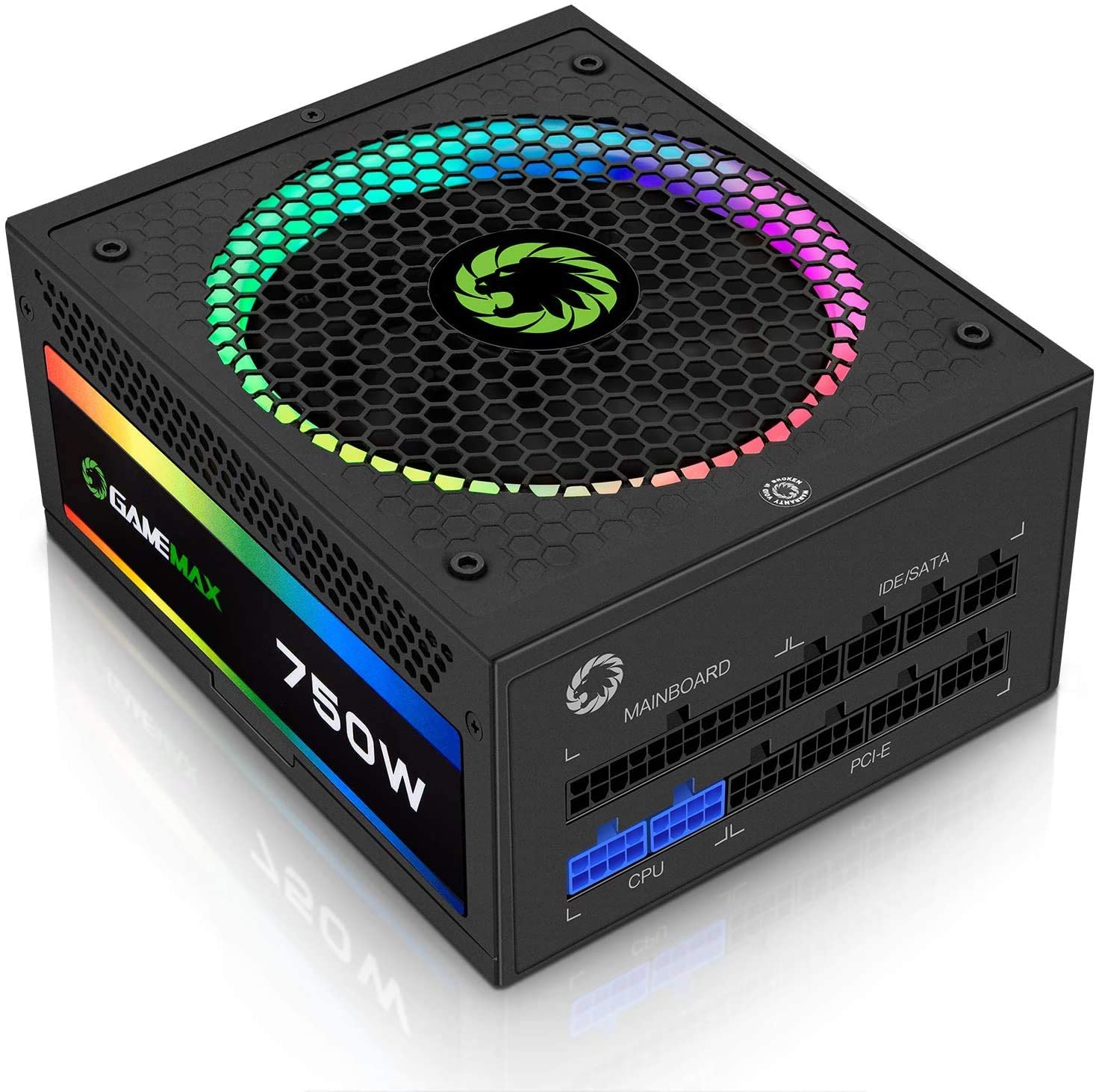Introduction
Assembling a computer for games can be an exciting and rewarding experience. With the right components, you can enjoy an amazing gaming experience. In this guide, I will show you step by step how build a PC for games perfect, from component choice to assembly and optimization.
one. Choose the Correct Components
Processor (CPU)

The processor is the heart of your PC. For gaming, a high performance processor is essential. The Intel Core i5 / i7 and AMD Ryzen 5/7 are popular options. These processors offer an excellent balance between performance and price.
Graphic Card (GPU)

The graphics card is crucial for gaming performance. The NVIDIA GeForce GTX / RTX and AMD Radeon RX they are excellent options. Be sure to choose a card that fits your budget and performance needs.
Memoria RAM

RAM affects the ability of your PC to handle multiple tasks. For gaming, 16 GB of RAM DDR4 it is ideal. This ensures that your PC can handle modern games and applications in the background without problems.
Storage

Choose one solid state unit (SSD) for fast charging times and better overall performance. An SSD of 500 GB or more is a good choice. You can also add a hard drive (HDD) for additional storage.
Placa Base (Motherboard)

The motherboard connects all components. Make sure it is compatible with your CPU and has enough ports for your needs. The motherboards of ASUS, MSI and Gigabyte they are reliable.
Power Source (PSU)

A quality power supply is essential for system stability. Find a certified PSU 80 Plus and a suitable power for your components. Generally, 650W is sufficient for most gaming settings.
Box (Chassis)

Choose a box that has good air flow and enough space for your components. Consider boxes with pre-installed fans and dust filters to keep your PC fresh and clean.
2. Join your PC for Games
Prepare the Work Area
Before you begin, make sure you have a clean, well-lit work area. Gather all the necessary tools, such as screwdrivers and tweezers.
Install the Processor
- Place the Base Plate: Put the motherboard on a flat, antistatic surface.
- Install the CPU: Open the CPU socket and place the processor carefully. Make sure the alignment marks match.
- Apply Thermal Pasta: If your CPU does not come with preapplied thermal paste, apply a small amount in the center.
- Place the Dissipator: Install the heater / cooler on the CPU and secure it according to the manufacturer’s instructions.
Instalar la Memoria RAM
- Open RAM Slots Clips: Open the clips in the RAM slots on the motherboard.
- Insert the RAM: Align the RAM with the slot and press firmly until the clips secure it in place.
Mount the Base Plate in the Box
- Prepare the Box: Place the dividers in the box where the motherboard will be mounted.
- Install the Base Plate: Align the motherboard with the dividers and secure it with screws.
Install the Graphic Card
- Open the PCIe Slot: Remove the protector from the PCIe slot in the box.
- Insert the GPU: Insert the graphics card into the PCIe slot on the motherboard and secure it with a screw.
Connect Storage
- Install SSD / HDD: Ride the SSD or HDD in place in the box.
- Connect SATA Cables: Connect SATA cables from storage to motherboard.
Connect the Power Source
- Mount the PSU: Install the power supply in the box.
- Connect Power Cables: Connects the PSU cables to the motherboard, CPU, GPU and storage.
Verify Connections
Make sure all cables are well connected and nothing is loose.
3. Set up and Optimize your PC for Games
Install the Operating System
- Insert Installation Media: Use a USB or DVD drive with the operating system.
- Start from the Installation Media: Configure the BIOS to boot from the installation unit.
- Follow the Installation Instructions: Install the operating system following the instructions on the screen.
Install Drivers
After installing the operating system, install all the necessary drivers for your hardware. This includes the graphics card, the motherboard chipset, and other peripheral devices.
Update the Operating System
Make sure your operating system is fully updated. This ensures that you have the latest safety and performance improvements. Windows Update
Optimize Game Settings
Adjust the settings of your games to get the best performance. This may include changing the resolution, adjusting the graphic quality, and disabling unnecessary effects.
Monitor Temperatures
Use software like MSI Afterburner or HWMonitor to monitor the temperatures of your CPU and GPU. Make sure your system stays cool during intensive use.
Conclusion
Setting up a PC for games can be a fun and rewarding process. Following this guide, you can choose the right components, assemble your PC correctly and optimize it to obtain the best performance. Enjoy an incredible gaming experience with your new PC.

One response
Your writing carries a quiet power, subtly shaping the way you see the world.